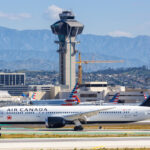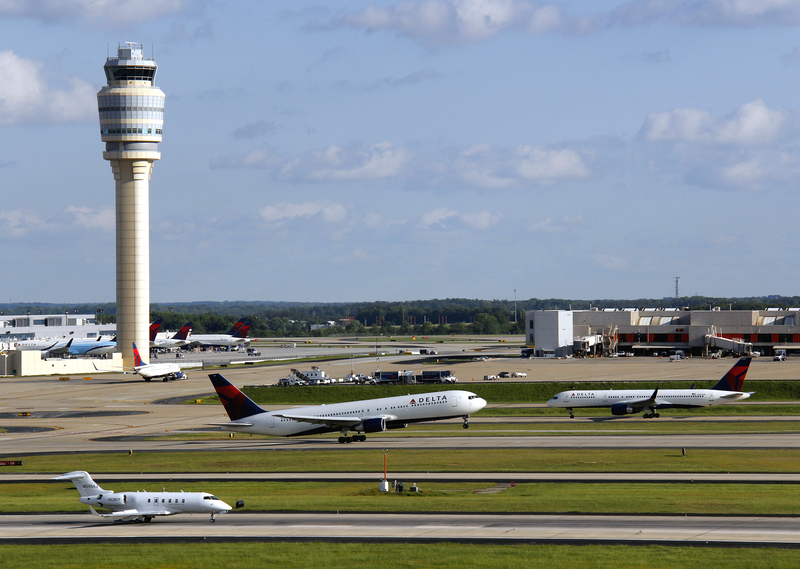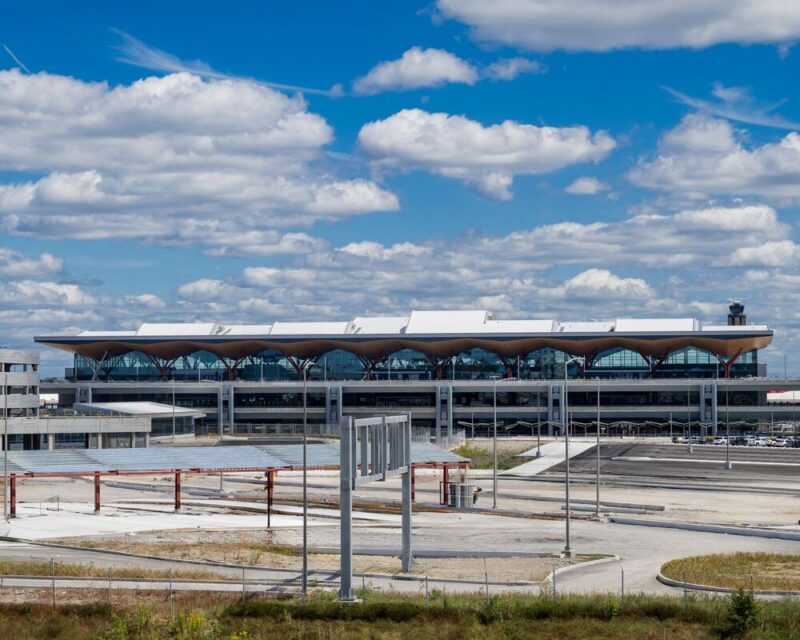Seattle’s Fuel Squeeze: Sea-Tac Braces for Flight Disruptions Ahead of Thanksgiving
Seattle-Tacoma International Airport is running into a real-world problem that travelers rarely think about until it goes wrong: jet fuel logistics. A disruption to the Olympic Pipeline — the main artery feeding fuel to Sea-Tac — has tightened supply just as the airport heads into the heavy Thanksgiving travel rush. The result is an unfolding situation that could ripple through schedules, especially on the airport’s longest flights.
What’s behind Sea-Tac’s fuel shortage?
The Olympic Pipeline was shut down after a leak was detected in mid-November, and then remained offline as crews investigated and excavated sections of the line for inspection and repair. Because the pipeline normally delivers most of Sea-Tac’s jet fuel, any extended outage quickly becomes a capacity issue, even with the airport’s on-site reserves. With no clear restart date, state officials stepped in to keep fuel moving by other means.
Washington Governor Bob Ferguson issued an emergency proclamation to speed up alternative fuel deliveries, including allowing more trucking capacity into the airport. The goal is to stabilize supply and avoid widespread disruption while the pipeline remains out of service. Facebook+1
The first visible impacts: refueling stops and contingency plans
Airports can often coast for a short period on stored fuel, so the early days of a shortage may look deceptively normal. But once inventories slide, airlines start adjusting operations in ways passengers can feel.
That adjustment has already begun on some of Sea-Tac’s longest routes. EVA Air has added a technical refueling stop on its Taipei service, routing via Anchorage, while Starlux Airlines has been stopping in Portland. These changes let flights depart Seattle with less fuel onboard and top up elsewhere, preserving SEA’s limited supply for broader operations. EVA Air
Meanwhile, major Sea-Tac operators such as Alaska Airlines and Delta are preparing their own mitigation playbooks. These typically include “tankering” extra fuel into Seattle on inbound flights where feasible, shifting fueling to alternate airports, and re-timing operations to conserve supply. Those tactics work best for domestic and medium-haul flying, which makes the long-haul network the most exposed if the shortage drags on.
What travelers should watch for next
If the pipeline outage continues, the most likely passenger-facing outcomes are:
-
More tech stops on long-haul flights. Expect certain transpacific and other long routes to add brief refueling legs, which can lengthen travel times and complicate connections.
-
Schedule reshuffling. Airlines may retime departures to match fuel availability or prioritize higher-yield flights.
-
Last-minute delays or swaps. As fuel levels fluctuate, carriers might substitute smaller aircraft or delay departures to align with deliveries.
Importantly, none of this means a shutdown of Sea-Tac. It’s more like a squeeze: operations can continue, but with less flexibility. The closer the airport gets to peak travel days, the harder it becomes to absorb any additional strain.
For passengers, the practical advice is simple: monitor your flight status closely, especially if you’re on an international itinerary or connecting through Seattle. If your flight adds a refueling stop, it’s not a safety alarm — it’s a logistics workaround.
The bigger context
Fuel supply interruptions at major hubs are rare, but when they happen they remind everyone how tightly choreographed airline operations really are. Sea-Tac is one of the West Coast’s most important gateways, so even modest constraints there can ripple across networks.
The emergency trucking measures should help, but trucking can’t replicate pipeline volume indefinitely. So the key variable is time: the longer repairs take, the more creative airlines will have to get — and the more likely passengers are to notice.






